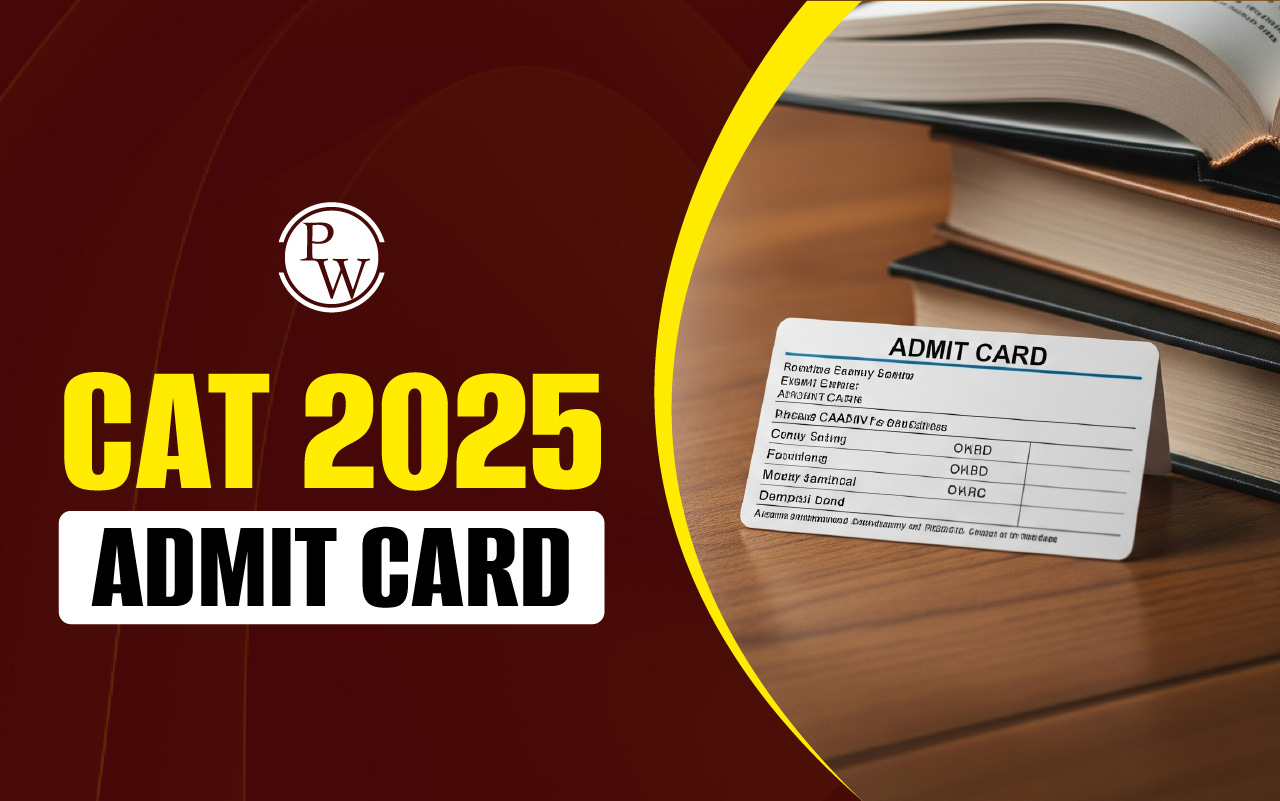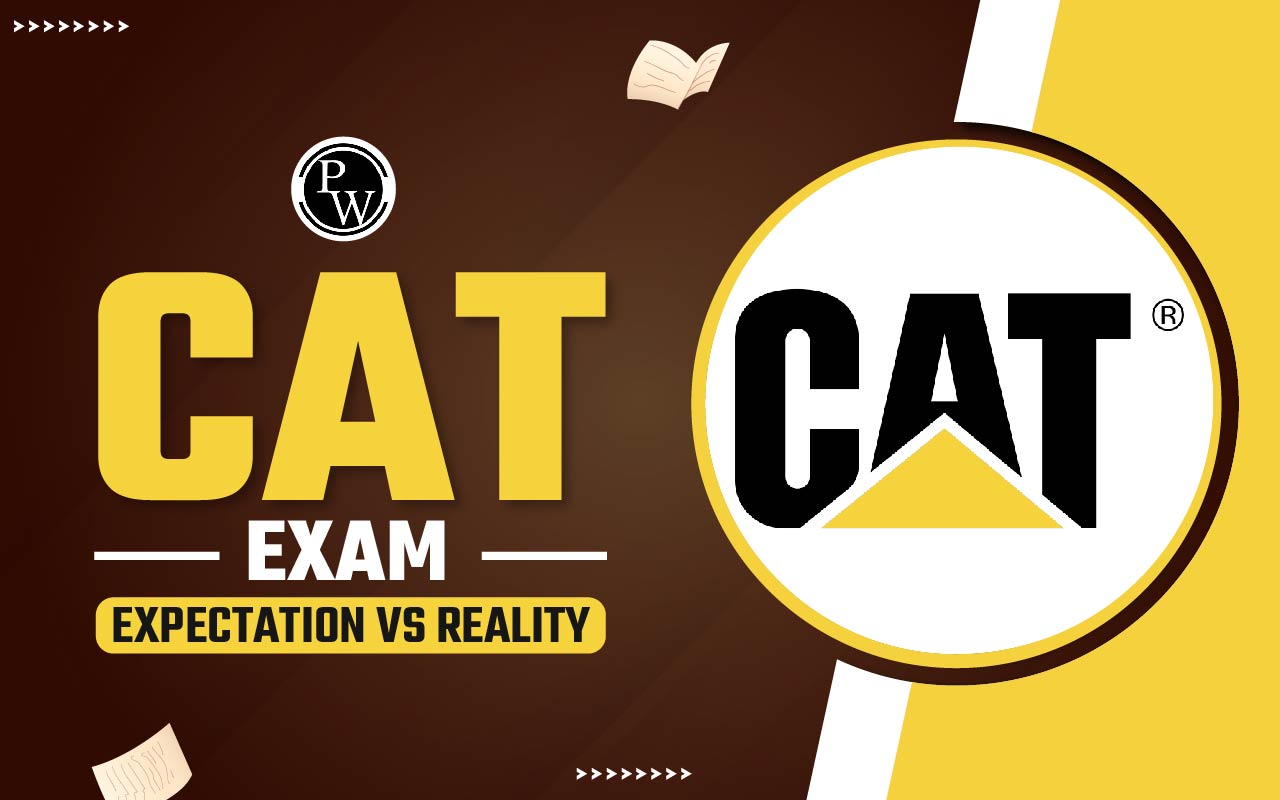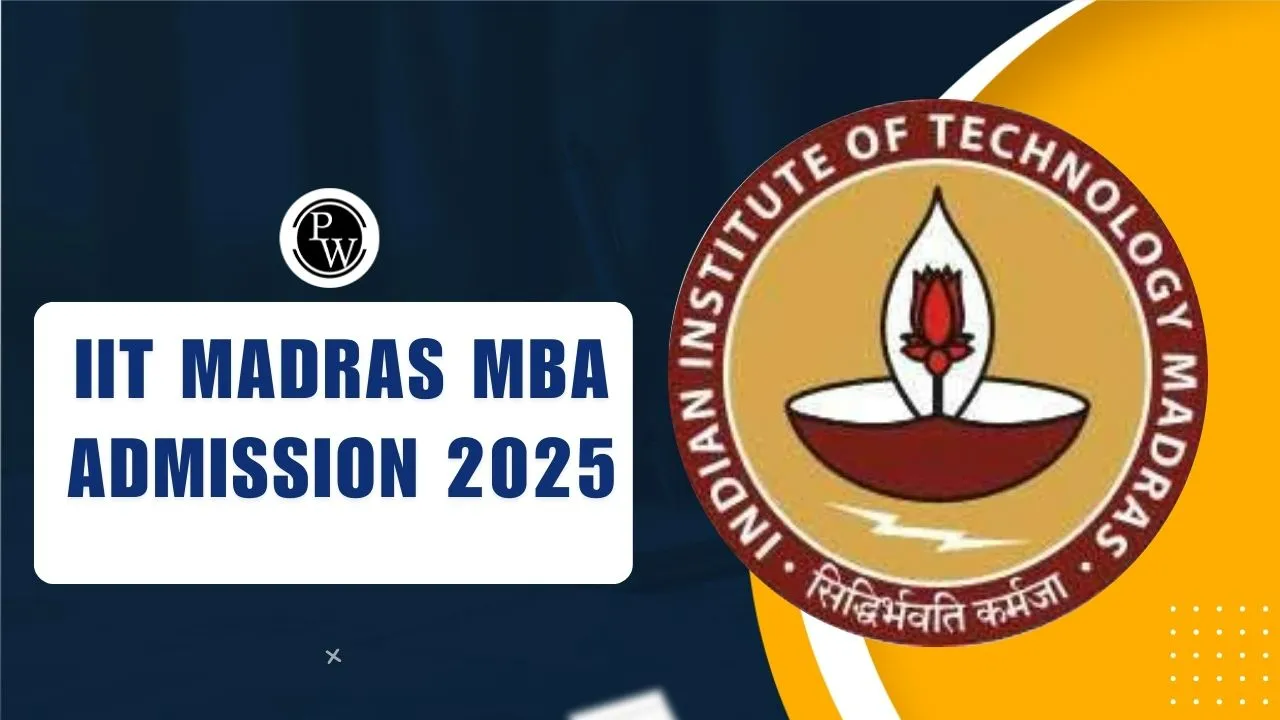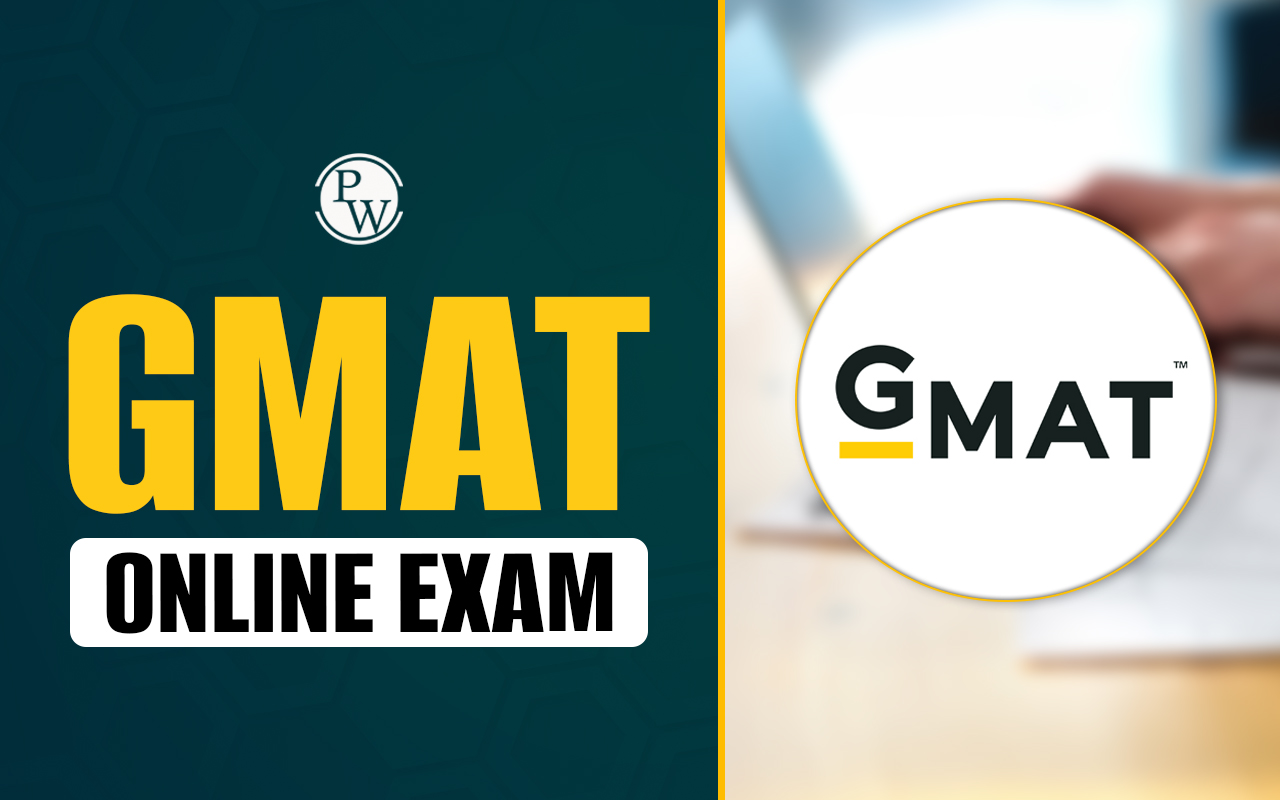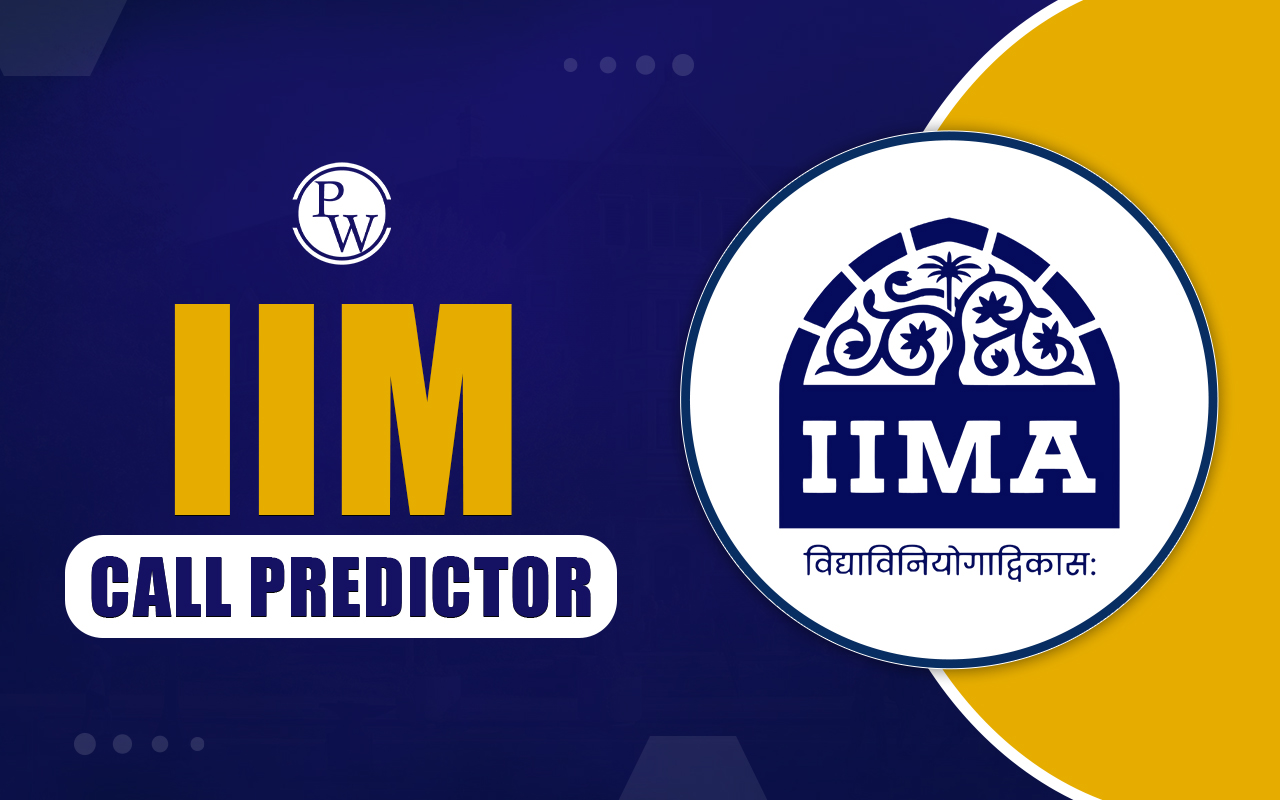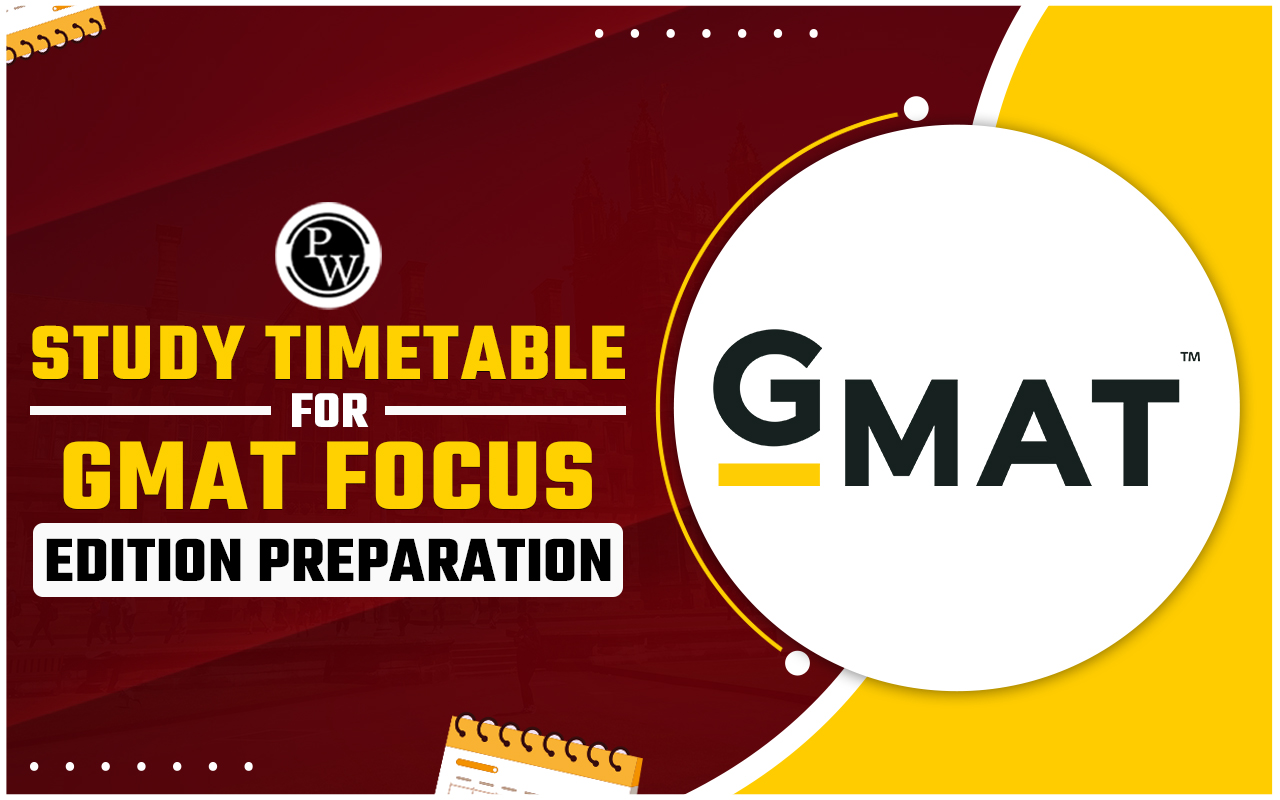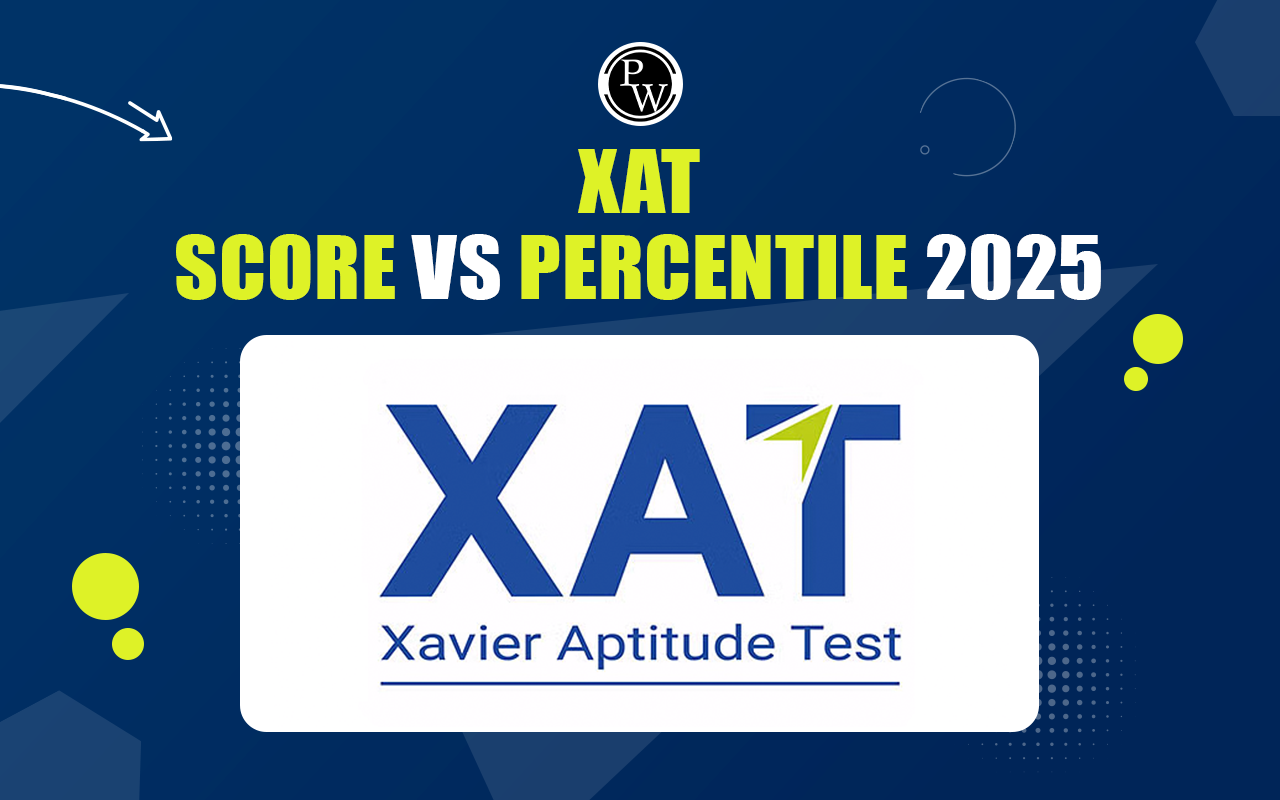
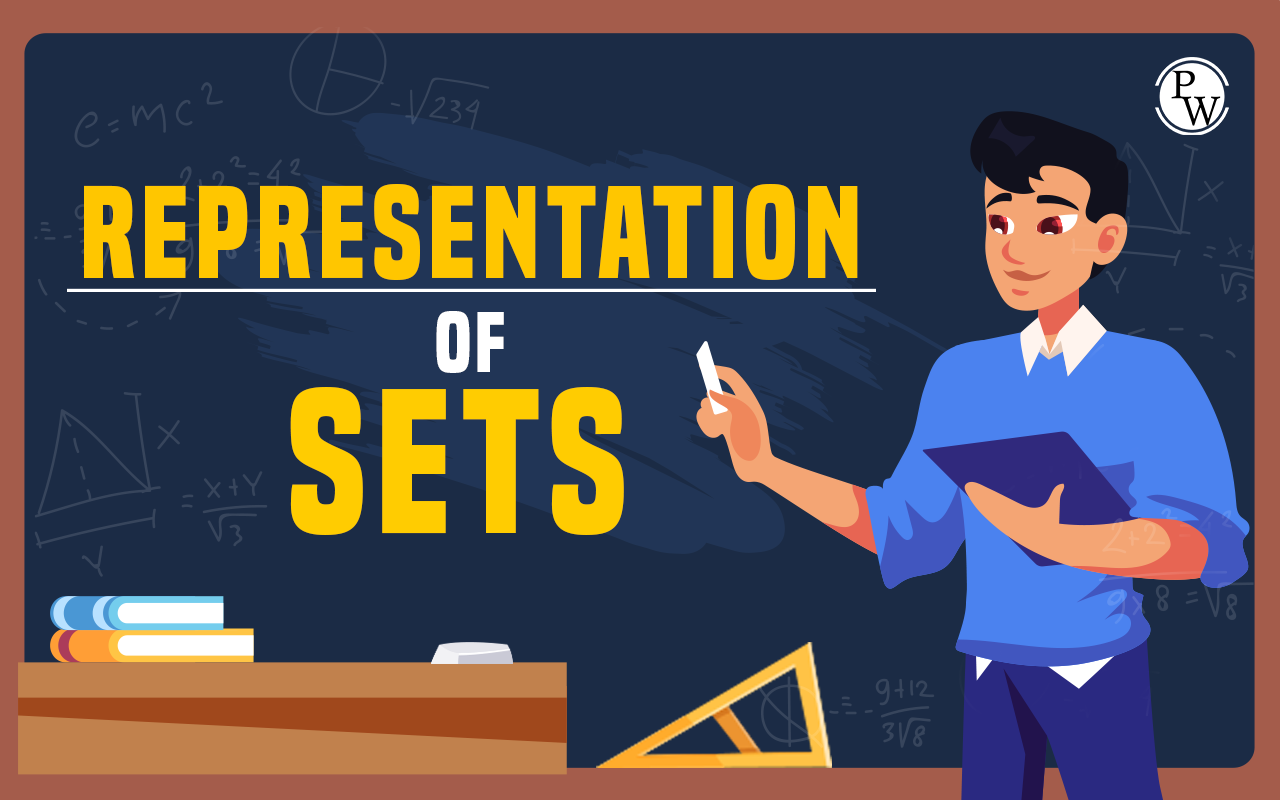
Representation of Sets for CAT: The representation of sets is a basic idea in math, especially useful for exams like CAT (Common Admission Test) . Knowing how to show sets helps students solve questions on data interpretation and logical reasoning.
A set is a collection of unique items, called elements or members. These items could be numbers, letters, or other objects. Sets are usually shown in two main ways:- Roster Form : This form lists all elements clearly inside curly braces, like A = {1, 2, 3} . It's simple but can be hard to use with big or endless sets.
- Set-Builder Form : This form describes a set by stating a rule for its elements. For example, the set of even numbers can be written as E = {x: x is an even number} .
Understanding Set Theory for CAT Preparation
Set theory is a fundamental concept in mathematics, particularly relevant for competitive exams like the Common Admission Test (CAT). Learn about the representation of sets , provides examples, and presents typical CAT questions related to sets.Definition of a Set in Mathematics
A set is a well-defined collection of distinct objects, considered as an object in its own right. Sets are typically denoted by curly brackets. For example, the set of natural numbers less than 5 can be represented as:- Roster Form : A={1,2,3,4}
- Set Builder Form : A={x:x∈N,x<5}
Types of Sets
Here is the required types of set listed below:- Finite Set : Contains a countable number of elements. Example: A={1,2,3} .
- Infinite Set : Contains an uncountable number of elements. Example: B={x:x∈N} .
- Empty Set : Contains no elements, denoted as ∅ or {} .
- Singleton Set : Contains exactly one element. Example: C={5} .
- Equal Sets : Two sets are equal if they contain the same elements regardless of order. Example: D={1,2} and E={2,1} .
Representation of Sets for CAT
In preparation for the CAT exam, understanding how to represent sets is crucial. The two primary forms are:- Roster Form : Lists all the elements.
- Set Builder Form : Describes the properties that characterize the elements.
Examples of Set Representation
Here is the required examples of set representation listed below:| Examples of Set Representation | |
|---|---|
| Representation Type | Example |
| Roster Form | A={2,4,6,8} |
| Set Builder Form | B={x:x=2n,n∈N} |
Elements of a Set
The elements of a set can be anything—numbers, letters, or even other sets. For instance:- Elements of Set : If F={a,b,c} , then the elements are a,b,c .
Examples of Sets with Answers
Here are some examples that illustrate different aspects of set theory:-
Example 1
: Write the set of vowels in English.
- Answer : V={a,e,i,o,u}
-
Example 2
: Write the set of even numbers less than 10.
- Answer : E={0,2,4,6,8}
-
Example 3
: Find the union of sets
A={1,2}
and
B={2,3}
.
- Answer : A∪B={1,2,3}
-
Example 4
: Find the intersection of sets
C={1,3}
and
D={3,4}
.
- Answer : C∩D={3}
-
Example 5
: If
E=A−B
, where
A=1,2,3
and
B=2
.
- Answer : E=1,3
Set Theory CAT Questions PDF
To prepare effectively for CAT questions related to set theory:- Practice problems focusing on union and intersection.
- Review questions that require you to convert between roster and set builder forms.
Sample Questions
Understanding the representation of sets is essential for mastering set theory in mathematics and excelling in competitive exams like CAT.-
If set
A=x:x<10
, write it in roster form.
- Answer: A=0,1,2,...,9
-
Given two sets where
n(A)=20
and
n(B)=30
, find
n(A∪B)
if
n(A∩B)=10
.
- Answer: n(A∪B)=n(A)+n(B)−n(A∩B) n(A∪B)=20+30−10=40
Additional Practice
To further your understanding and application skills in set theory:- Work through at least 20 examples of sets with answers , focusing on different operations such as union and intersection.
- Review at least 10 examples specifically designed for CAT preparation , ensuring you cover both theoretical concepts and practical applications.
| Also Read | ||
| CAT 2024 Exam | CAT 2024 Exam Date | CAT Registration 2024 |
| CAT Admit Card 2024 | CAT Exam Pattern 2024 | CAT Syllabus 2024 |
Representation of Sets for CAT
What is a set?
A set is a group of unique items or elements. These elements can be anything like numbers, letters, or other objects. For example, a set of vowels in English can be written as V = {a, e, i, o, u}. Each element in a set is different, and no element is repeated.
How can sets be represented?
Sets can be represented in two main ways: Roster Form and Set-Builder Form. In Roster Form, all the elements are listed clearly in curly braces, like A = {1, 2, 3}. In Set-Builder Form, a rule or property describes the elements, such as E = {x: x is an even number}, which means E includes all numbers that are even.
What is the importance of Venn diagrams?
Venn diagrams are useful tools for showing how different sets relate to each other. They help visualize the connections between sets, such as which elements are shared or unique to each set. This makes understanding complex relationships easier.
What are some types of sets?
There are different types of sets, including Finite Sets, which have a specific number of elements (like A = {1, 2, 3}), and Infinite Sets, which have endless elements (like B = {x: x ∈ N}). Other types include the Empty Set (no elements, written as ∅) and Singleton Sets (only one element, like C = {5}).
How can I prepare for set-related questions in the CAT exam?
To prepare for set questions in the CAT exam, practice solving problems that involve union (combining sets) and intersection (finding common elements). It's also helpful to convert between Roster Form and Set-Builder Form. Regular practice with examples will improve your understanding and problem-solving skills.
Talk to a counsellorHave doubts? Our support team will be happy to assist you!

Check out these Related Articles
Free Learning Resources
PW Books
Notes (Class 10-12)
PW Study Materials
Notes (Class 6-9)
Ncert Solutions
Govt Exams
Class 6th to 12th Online Courses
Govt Job Exams Courses
UPSC Coaching
Defence Exam Coaching
Gate Exam Coaching
Other Exams
Know about Physics Wallah
Physics Wallah is an Indian edtech platform that provides accessible & comprehensive learning experiences to students from Class 6th to postgraduate level. We also provide extensive NCERT solutions, sample paper, NEET, JEE Mains, BITSAT previous year papers & more such resources to students. Physics Wallah also caters to over 3.5 million registered students and over 78 lakh+ Youtube subscribers with 4.8 rating on its app.
We Stand Out because
We provide students with intensive courses with India’s qualified & experienced faculties & mentors. PW strives to make the learning experience comprehensive and accessible for students of all sections of society. We believe in empowering every single student who couldn't dream of a good career in engineering and medical field earlier.
Our Key Focus Areas
Physics Wallah's main focus is to make the learning experience as economical as possible for all students. With our affordable courses like Lakshya, Udaan and Arjuna and many others, we have been able to provide a platform for lakhs of aspirants. From providing Chemistry, Maths, Physics formula to giving e-books of eminent authors like RD Sharma, RS Aggarwal and Lakhmir Singh, PW focuses on every single student's need for preparation.
What Makes Us Different
Physics Wallah strives to develop a comprehensive pedagogical structure for students, where they get a state-of-the-art learning experience with study material and resources. Apart from catering students preparing for JEE Mains and NEET, PW also provides study material for each state board like Uttar Pradesh, Bihar, and others
Copyright © 2025 Physicswallah Limited All rights reserved.
